
Revolutionizing supply chain logistics: How AI is reshaping transportation efficiency.
During the period from the starting point warehouse to the final warehouse of logistics transportation, it is inevitable that there will be problems in connection, resulting in the loss of transported materials.

Quality inspection gets a vision boost: How AI is improving product quality.
The emerging shift in human roles goes beyond allowing them to move away from repetitive tasks to undertake other physical activities.

The role of AI in enhancing quality control processes in the manufacturing industry.
Nowadays, we live in a technological age, the Fourth Industrial Revolution, known as Industry 4.0...
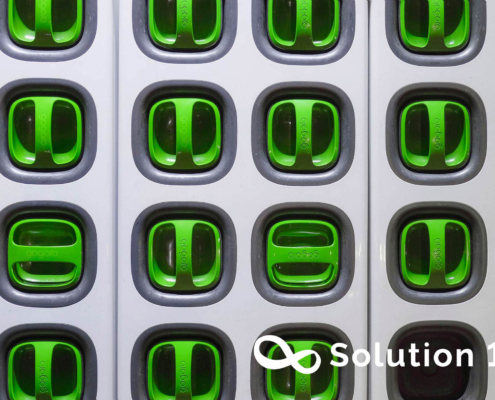
Gogoro creates a new revenue stream beyond mobility with Enel X’s virtual power plant.
Recognized and awarded by Frost & Sullivan as the "2023 Global Company of the Year for battery swapping system for electric scooter," Gogoro's battery swapping and vehicle platforms offer a smart...
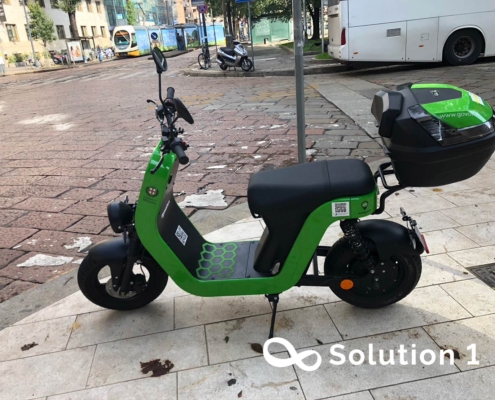
Green solution: battery-swapping services for electric scooters gaining popularity in Asia.
Scooters are especially the favored transport mode in Southeast Asian countries and offer a number of benefits, including relatively affordable private vehicle ownership, quick and efficient personal transport...
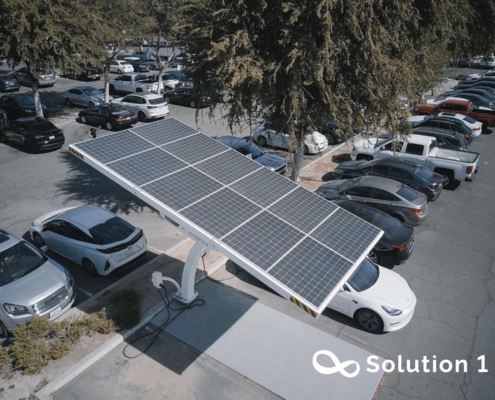
Electric vehicle overloads: How efficient control frameworks can tackle fluctuations in the power grid.
The fast development of electric vehicles has caused a significant load on power grid systems, which require efficient control frameworks.

Electric vehicles’ large-scale adoption could impact power systems worldwide.
The electrification of conventional vehicles requires sufficient charging stations and long-lasting batteries with high charge density to back the electric vehicle for longer travel distances and better propulsion.

Revolutionizing power systems: The shift from centralized to decentralized architecture.
The demanding environmental challenges call for greener and more efficient power systems.
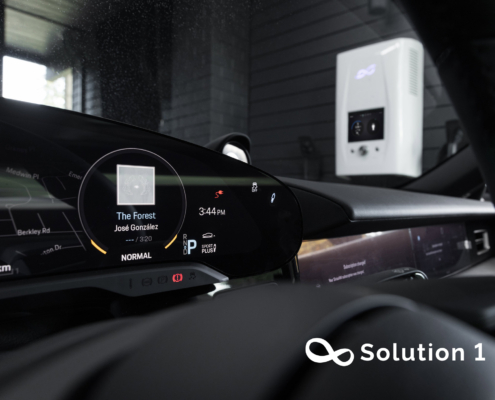
Vehicle-to-Grid technology could reduce fossil fuel generation by 76% in Germany by 2040.
The potential of vehicle to grid highlights something else about how auto marketing is changing. Nowadays, electric vehicles can push power from the battery back up to the electrical grid or to a home, and...
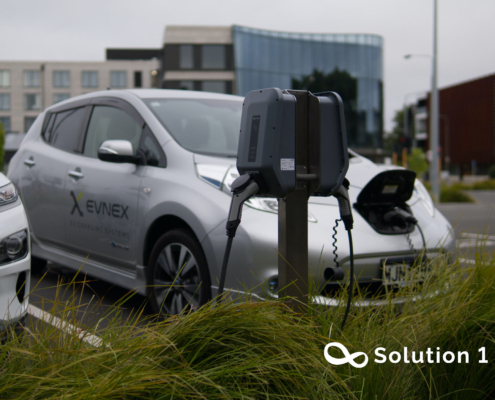
The rise of electric vehicles: How they change the game and shape the future.
The sales of passenger electric vehicles have increased globally by more than 60% in 2022. This growth occurred in every major market, with some surprising results seen in traditionally small electric vehicle markets like...

